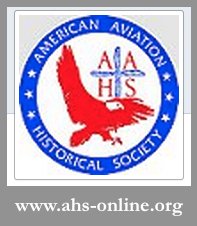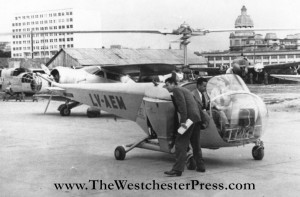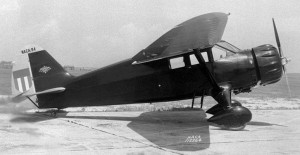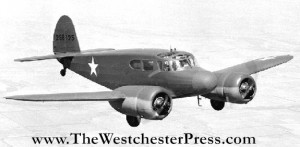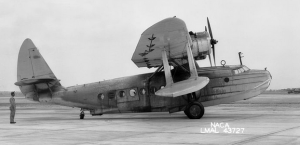
Tom Berto creates aviation paintings, both beautiful and accurate.
There is an added dimension to the history of aviation, a thread that runs throughout stories of aviation pioneering. It is passion.
Colonel C. J. Tippett’s passion was for flight, and for aviation safety. While he admired the planes, he was enraptured by the process of flying. I can’t tell which aircraft as his favorite, although I’d guess it was the Beechcraft C-45.
And that admiration was not left behind as time, and technology, moved forward. Restoration, study, photography, modeling… and artwork, all keep the aircraft flying in our present day imaginations. Often, tangibly.
Tom Berto’s passion is for the aircraft themselves. The individual ships, or the models and types, and he expresses it through his art. His aviation paintings bring the aircraft back to life with exquisitely accurately detail.
Tom writes:
“I started painting in the late 70’s. It was a natural offshoot of modeling – I already had the paints, thinner, X-acto knives, brushes, airbrush, and compressor. In addition, I had developed airbrush and masking skills that are fundamental to making paintings. Paintings are obviously different from plastic models, but they have some technical processes in common. With “Mustang”, which I finished this year, the subjects matched, too. Here’s the what, why, and how of “Mustang”.
The performance, looks, and positive historic roles of the Mustang and Spitfire have made them my favorite airplanes for as long as I can remember. The range and performance of the P-51 gave the pilots of the 8th Air Force the bomber escort they needed to break the back of the Luftwaffe in early 1944. This hastened the end of the most horrible war in human history. My painting is based very closely on a WWII USAF black & white photograph of a P-51. The subject is “Tika IV”, flown by Vernon R Richards, an ace pilot of the 374th Fighter Squadron, 361st Fighter Group, 8th Air Force. The photo shows off the wing planform and radiator scoop of the P-51, as well as the elegant drop tanks and four-blade propeller churning out power. The black/white invasion stripes have historic and moral significance as a symbol of the liberation of Europe from Hitler and his Nazis – as well as being a striking graphic element. The clouds and receding fields of the background help convey the height and space of the scene. There is also some “abstraction” to the image, in that the canopy is not visible – very unusual for aircraft photos! It’s a unique, spectacular, and beautiful photo – a great starting point for a painting…… read more about Tom’s process…”
Tom’s articles, on www.modelingmadness.com, step through the process of creating two of his paintings. They are symphonies of specialized knowledge, vision, historical perspective, and then there’s the paintings themselves: “Hurry Home Honey” and “Mustang”
I was already fascinated by Tom’s landscapes and flowers, and now I am an even bigger fan of his aviation paintings. Visit Tom’s site to see all of his paintings, including the B-17G, “Floogie Boo and Little Friends”.
